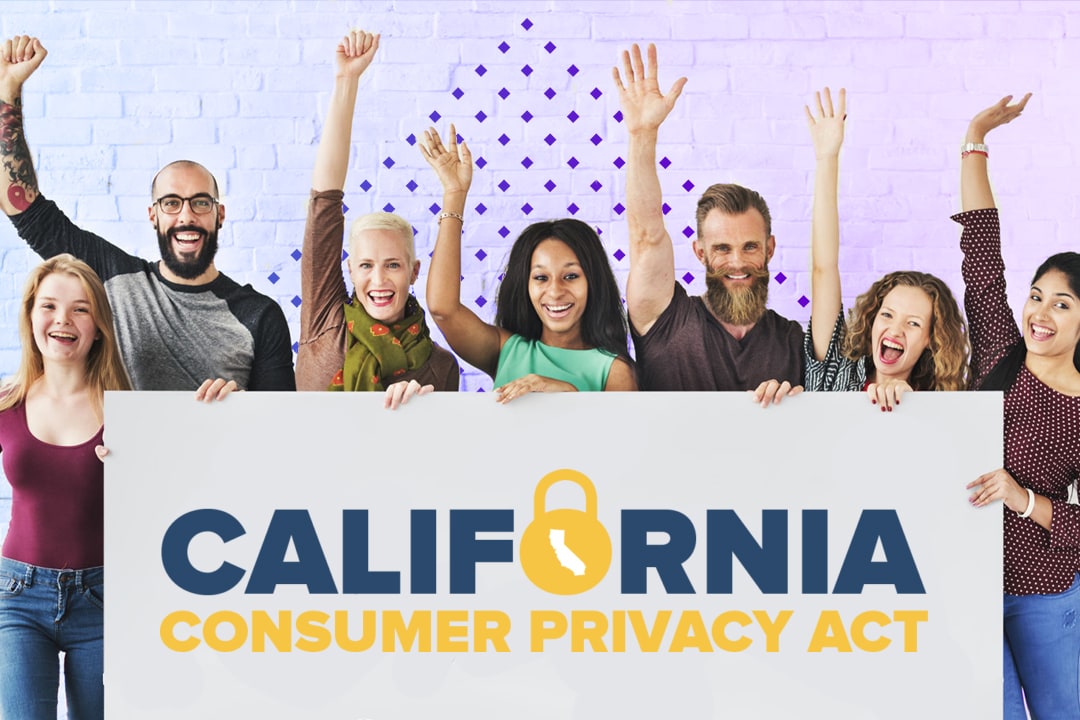What Does the Future of Web Privacy Look Like? [Updates in 2022 and Beyond]


The field of digital marketing is always evolving, but some changes are more significant and consequential than others. The shift towards increased privacy and user protection is one of them.
In this post, Nirish Parsad, Practice Lead, Future of the Web at Tinuiti, conducted a session at Tinuiti’s Future of the Web Expert Series. In his session, he presented the most significant digital advertising events from the past year and forecasts what the upcoming year will bring in terms of evolving privacy standards and their impact for brands.

Browsers and device manufacturers have been releasing updates that are placing an increasing amount of limits on data brands can collect on customers.
Here’s a brief overview of the most significant:
The iOS 14.5 update launched in April 2021 and was the first of the Apple updates to upset the status quo. The ATT prompt gave users the choice of whether or not to allow apps to collect Identifier for Advertisers (IDFA) data tracking and targeting purposes. All apps were required to prompt users upon sign in. After this update, ad targeting on iOS devices became less granular and introduced new attribution models like SKAd.
Google quickly followed suit with its own security update, releasing Android 12 in October 2021. Changes included:
Similar to the IDFA restriction, Android 12, removes the Google Advertising ID (GAID) whenever a user opts out of personalized Ads in Android Settings.
Apple quickly followed up its ATT and IDFA update with a series of other privacy upgrades:
Some of these upgrades are mandatory, while others are opt-in, making the impact inconsistent and harder to predict. There will, however, be a definite impact on location and device graph accuracy and ID solutions.
Browsers like Apple, Google, and Firefox are already moving away from cookies, with Google planning to phase them out totally by 2023. There will be increased regulation around their use, although first-party cookies are currently unaffected by this shift.
There will likely be an increase in privacy-first tech such as adblockers, routers, and VPN.
“Governments near and far are considering–and passing–legislations that give users more control over their data,” Parsad says.
“It’s not just CCPA in California; Colorado and Virginia and more states have privacy laws that they’re considering this year or next year. There are bills in Congress being considered, and we’re seeing governments around the globe apply GDPR and CCPA-like privacy laws.”
This means that brands have to be keenly aware of the privacy laws that apply in the countries that serve. And the farther your brand’s reach, the more work you’ll have to do to ensure you stay compliant. That means studying up; that means hiring privacy specialists; and that means staying vigilant.

Apple deployed three major privacy changes last year that impacts how the device works:
iCloud introduced three updates that fundamentally change how users think about privacy:
Private relay is like a VPN, which hides a user’s IP address and makes tracking specific individuals much more challenging.
Hide My Email is a burner email system that allows consumers to register for forums or purchase products in a way that can’t be tracked back to them, so that their true identity is protected.
Users can access both of these privacy features (along with the rest of the iCloud product) for a low subscription fee of $0.99/mo, which makes upgrading affordable and practical for most users that aren’t already on the service.
Mail tracking prevention hides IP addresses and removes tracking pixels from any emails a user receives. For a marketer, this means that you will no longer be able to track open rates or geolocation.
This is a big deal for email marketers.
According to Parsad, “Apple Mail, where you can find this feature, makes up nearly half of email opens.” That’s a big source of campaign performance info that will suddenly go dark.
Apple’s Intelligent Tracking Prevention (ITP) feature limits the use of cookies set in a 1st party context and blocks web tracking signals.
App Tracking Transparency, on the other hand, requires mobile marketers to ask consent from users in order to track them. If the user declines to provide consent, then ATT blocks the Identifier for Advertisers (IDFA) prevents mobile app tracking by brands.
Because of all of these new limitations and restrictions, brands can expect:
Don’t expect any more super-detailed digital attribution reports. Brands will have to make do with more general data and statistics, and will have to infer a lot more when analyzing campaign performance. Fingerprinting devices won’t work for much longer, and brands will have to rely on walled gardens
This affects targeting, too. Brands will have to rely more on contextual targeting and exchange data with brands in virtual walled gardens before launching ad campaigns.
Brands will need to rely more on SKAdNetwork for mobile attribution for iOS campaigns, as well as Private Click Measurement for web-to-web and app-to-web interactions.
The way that setup works is that the brand defines what a “conversion” on their app or site actually means. Then, if a user clicks on an ad, and a conversion (as defined earlier) happens, the ad network gets a post back within 24 to 48 hours. It’s more work and a bit more convoluted, but that’s the new reality.
“Nearly 46% of all devices that access the internet are under Apple’s new ecosystem,” Parsad reports. “The future of marketing will involve less data scale, smarter data science and insights, and a more clear explanation of the value exchange that occurs when a consumer chooses to allow their data to be collected and used.”
Ignoring Apple is next to impossible given their market share and the amount of influence they have with consumers.
And then you have the governments exerting political and legal pressure on brands and publishers to comply with tighter and tighter privacy restrictions. If you’re not compliant, you’re at risk of a crackdown.
Brands will, realistically, have to play ball with the new privacy requirements and adjust to the new normal. The push to privacy will impact all advertisers. Find out everything around new restrictions, cookies, IDFA, first-party data, and all things privacy from our Tinuiti experts here.
